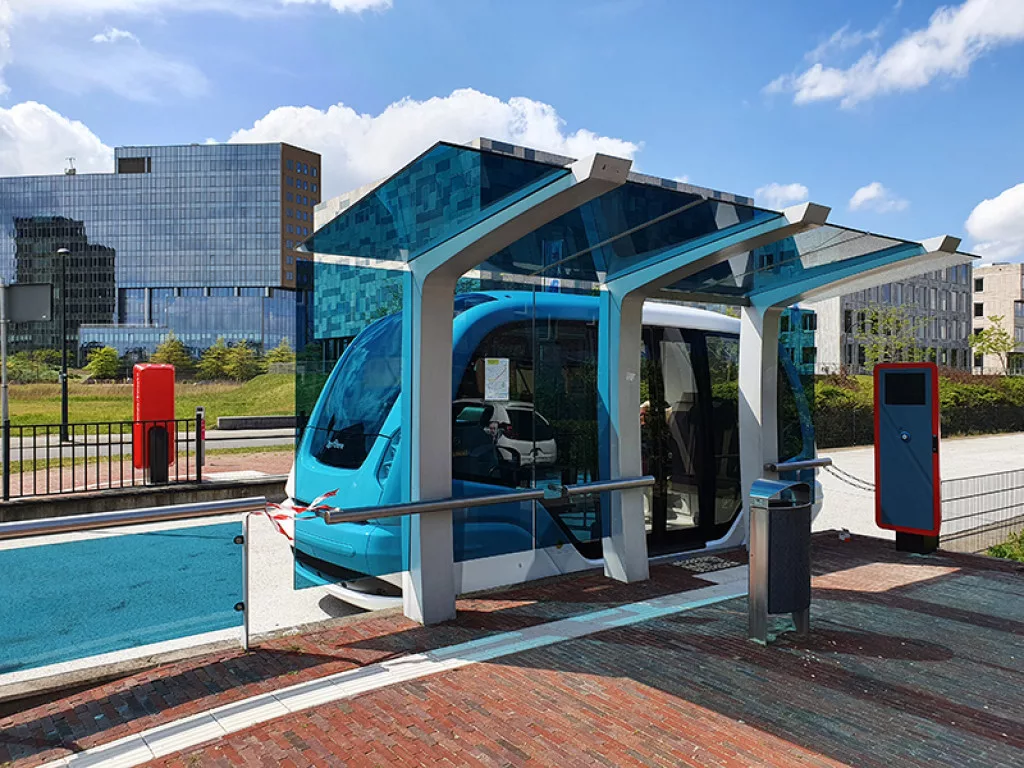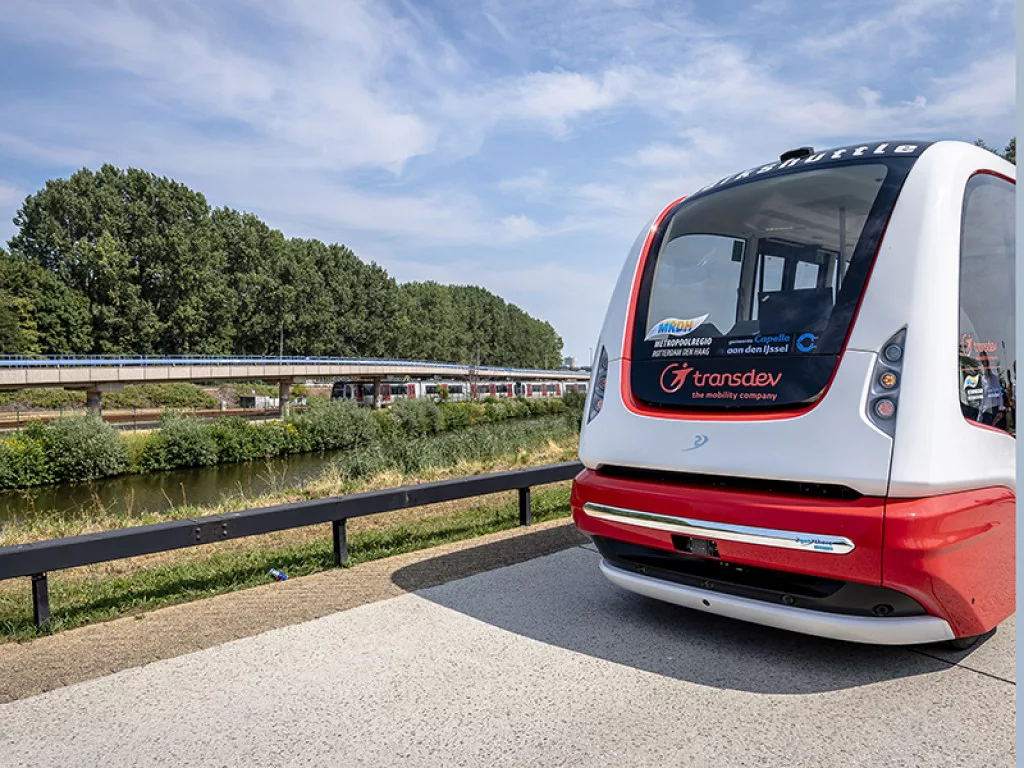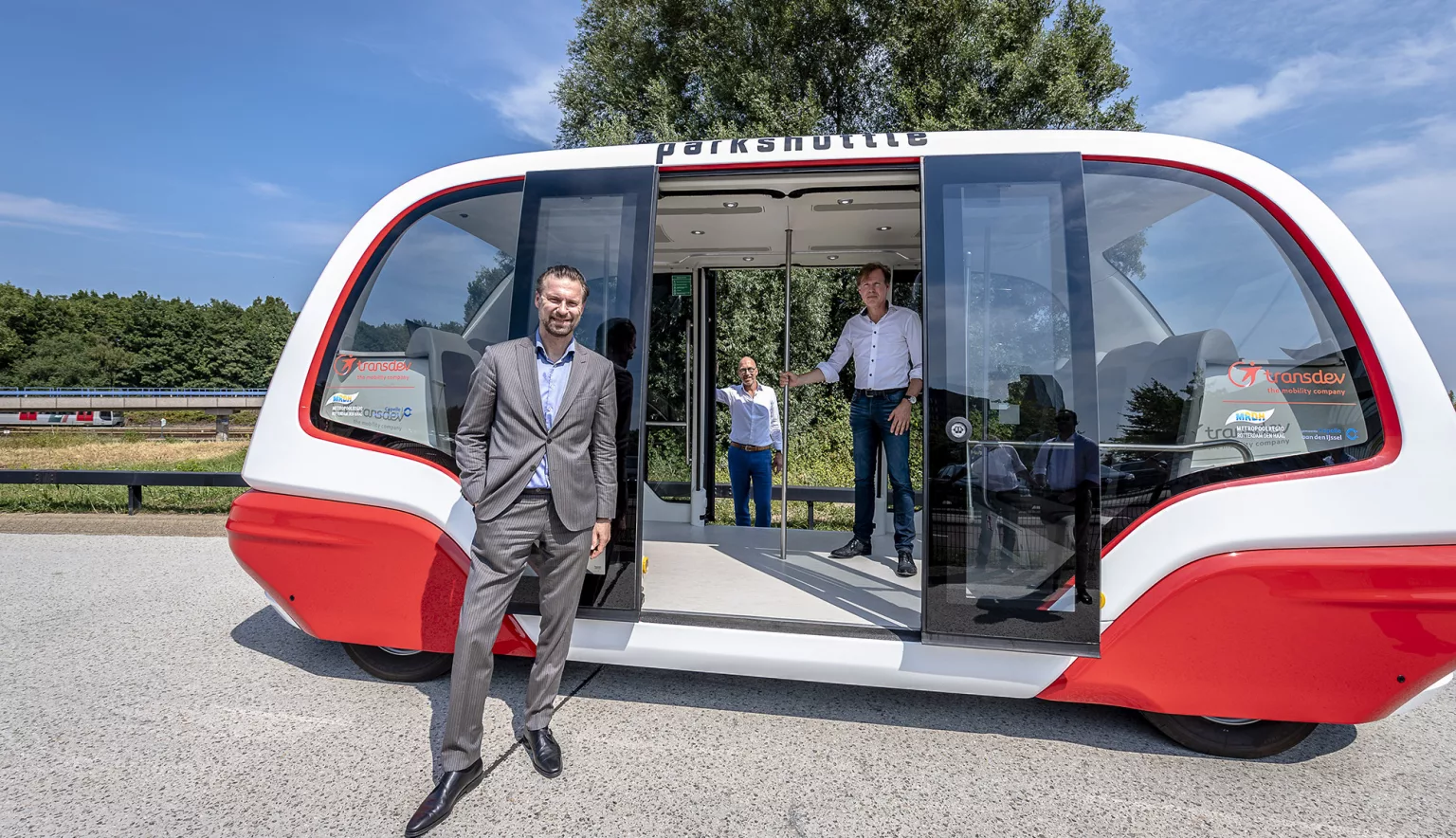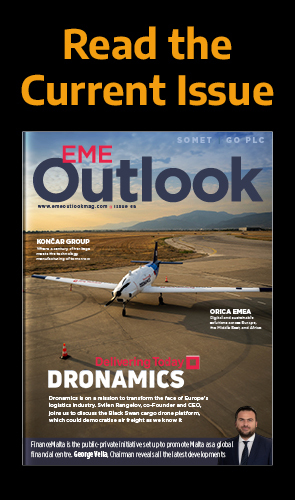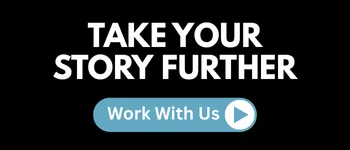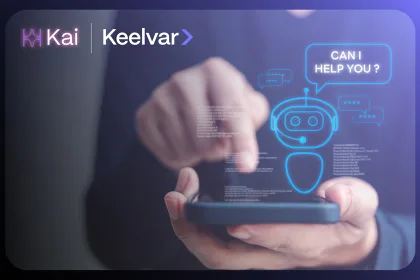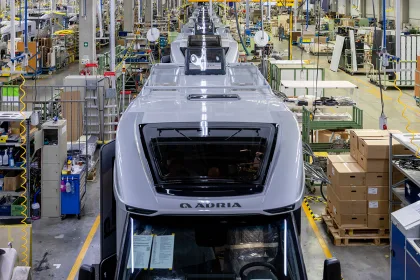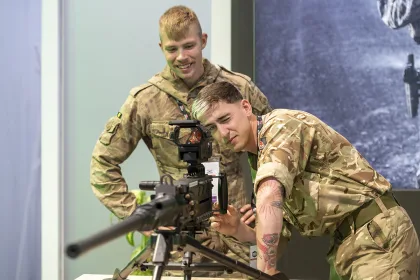Having undergone significant transformation over the past three decades, Robbert Lohmann, Chief Commercial Officer at 2getthere, recounts his firm’s journey and its standing within the industry today.
THE FUTURE OF MOBILITY
The future of mobility is promising. With a plethora of new technology available like never before, there is unprecedented opportunity to equip cities with best-in-class technology and make them smart. Enter 2getthere.
2getthere realises automated transit applications and operates on either segregated infrastructures, dedicated lanes or in mixed traffic. The systems are based on more than 30 years of experience with automated vehicles in different demanding environments.
The company is based in Utrecht, the Netherlands. 2getthere’s first transit system was developed in 1995. Pilot projects were tested at Amsterdam Airport Schipol in 1997 and business park Rivium two years later, which is now in its third generation.
Since initially joining the company in 1999 under the brand name Frog Navigation Systems, Robbert Lohmann has worked in a broad range of positions such as Marketing Manager, Project Director and Chief Operating Officer as well as his current position Chief Commercial Officer.
“The company was focused on industrial automation and delivered solutions to factories and ports. They had just started their first application which moved people. Within six months, we understood the potential of moving people from place to place in 1999.
“In the early 2000s, we had this great initiative where we went to every city within the Netherlands and examined the areas that lacked transportation routes and we promoted autonomous shuttles as a last-mile, first-mile system to ease the new housing areas. We slowly built up the business and found ourselves bidding for projects worldwide, such as airport terminals.”
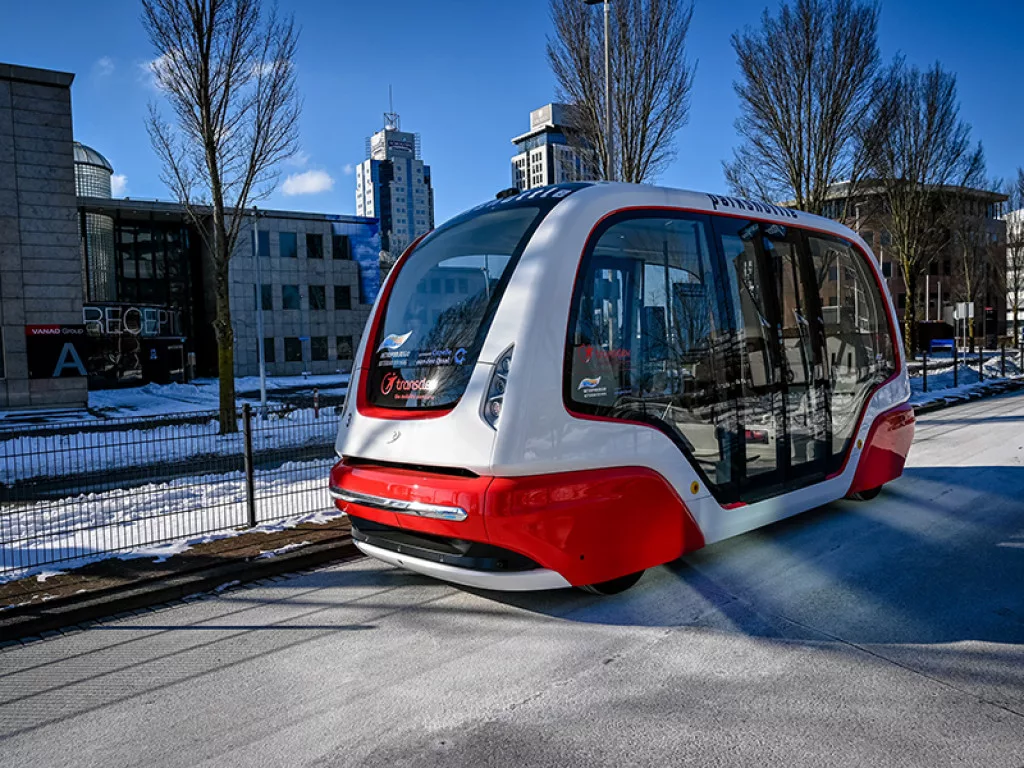
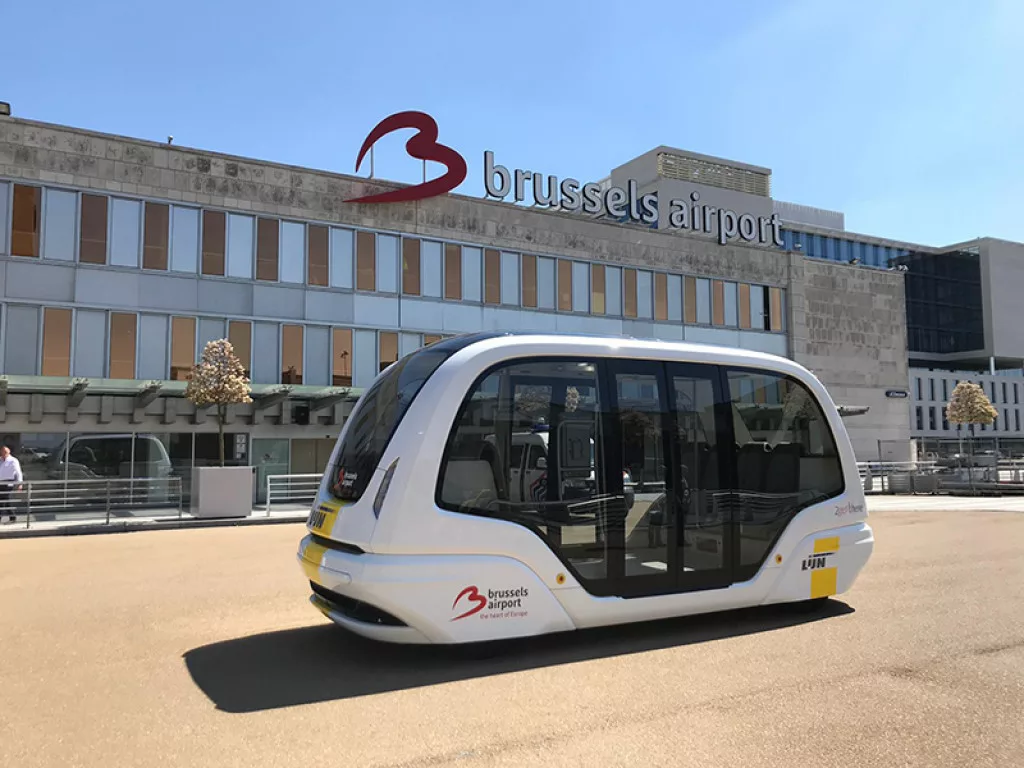
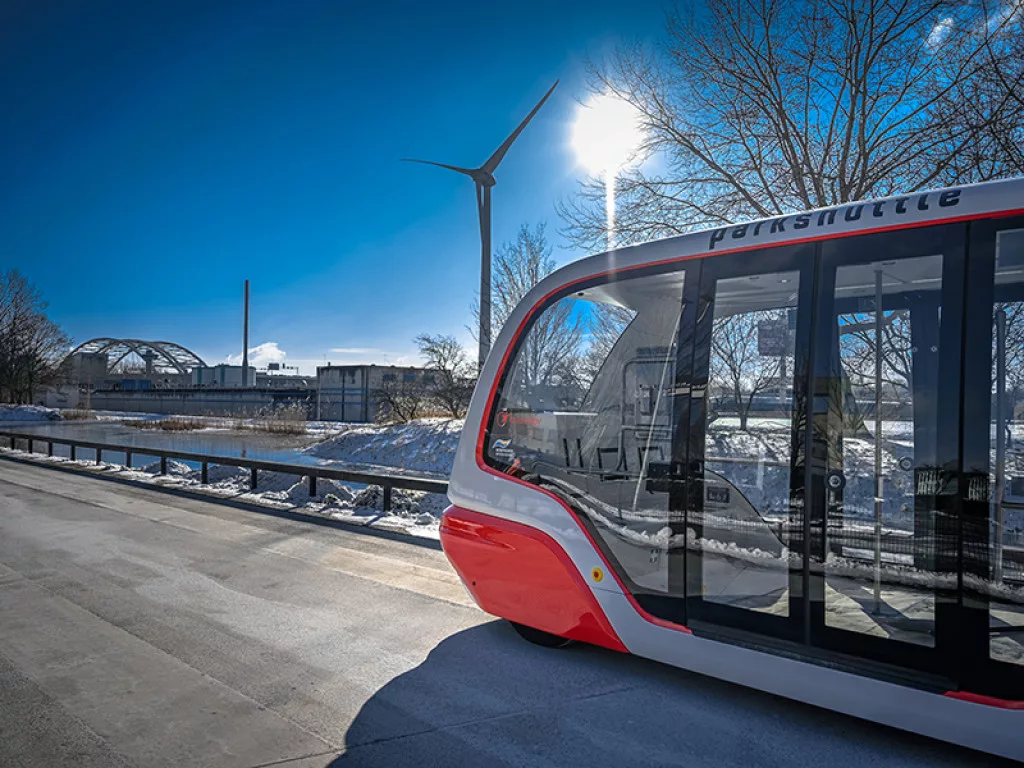
In 2008, 2getthere won its biggest project when it was awarded the order for the Masdar City application in Abu Dhabi. Ultimately, this allowed the organisation to grow significantly and went from having just two staff to expanding to over 60 by 2018.
“The potential of the market was staring at us in the face and we had reached the point where we needed to invest and grow as a company,” recounts Lohmann.
“We recognised that our customers wouldn’t award projects to a small company with limited financial strength and no big mother company supporting us. This led to us searching for the right company to partner with and help us fulfil these demands. Ultimately, we became part of ZF.”
Indeed, 2getthere now operates under the ZF Group. The organisation is a global leader in driveline and chassis technology, as well as active and passive safety technology. Upon the acquisition of 2getthere in 2019, Wolf-Henning Scheider, Chairman of the Board of Management at ZG Friedrichshafen AG, commented:
“2getthere has more than three decades of experience in the market for autonomous passenger transport vehicles as well as unique engineering and software competences. This acquisition supports our strategy to become a leading autonomous transportation systems supplier in the booming new mobility market.”
With technology continuing to play an influential role in mobility, Lohmann believes in the importance of adhering to sustainability, accessibility and liveability.
“This is why we think that we should introduce autonomous shuttles rather than autonomous cars,” he explains.
“When it comes to smart cities and smart mobility, ultimately it is not just about people in transit, but also about people living and working along the streets transit travels through. That’s why with increasing urbanisation it is vital to reduce the number of vehicles in a city to ensure it remains accessible and liveable. The focus should be on walking and cycling, which also support a healthier lifestyle, supplemented by smart mobility.
“It’s going to be fascinating over the next decade to see whether governments and authorities have the willingness and guts to set policies to influence the way mobility will change their cities and ensure accessibility and liveability.”
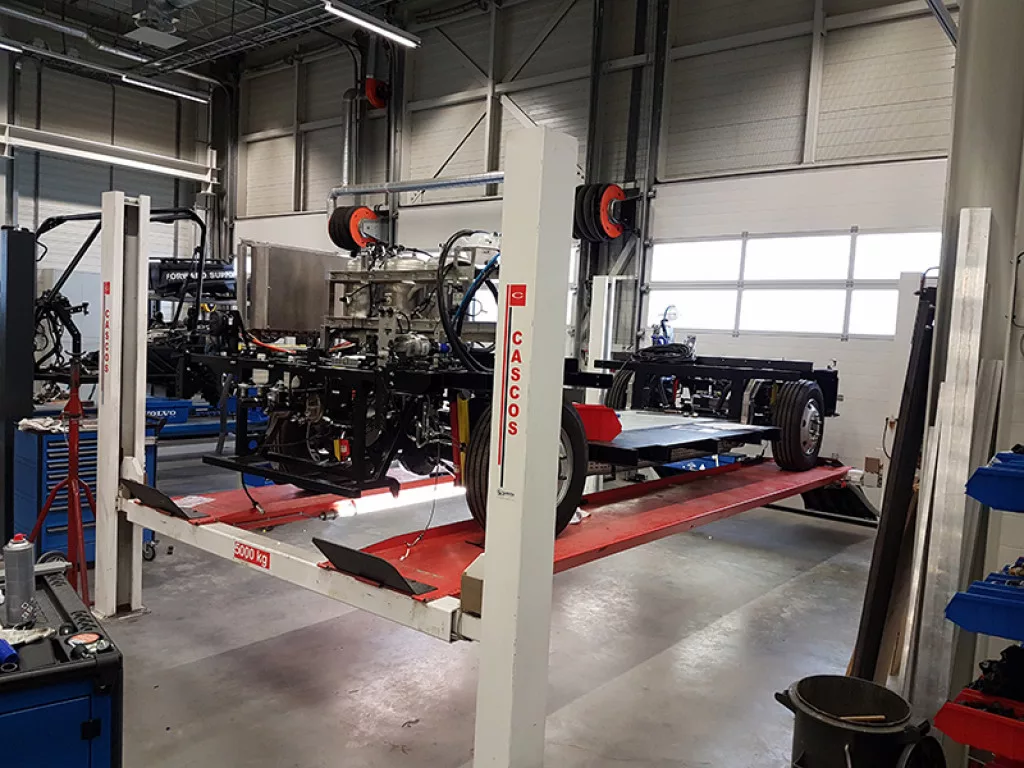
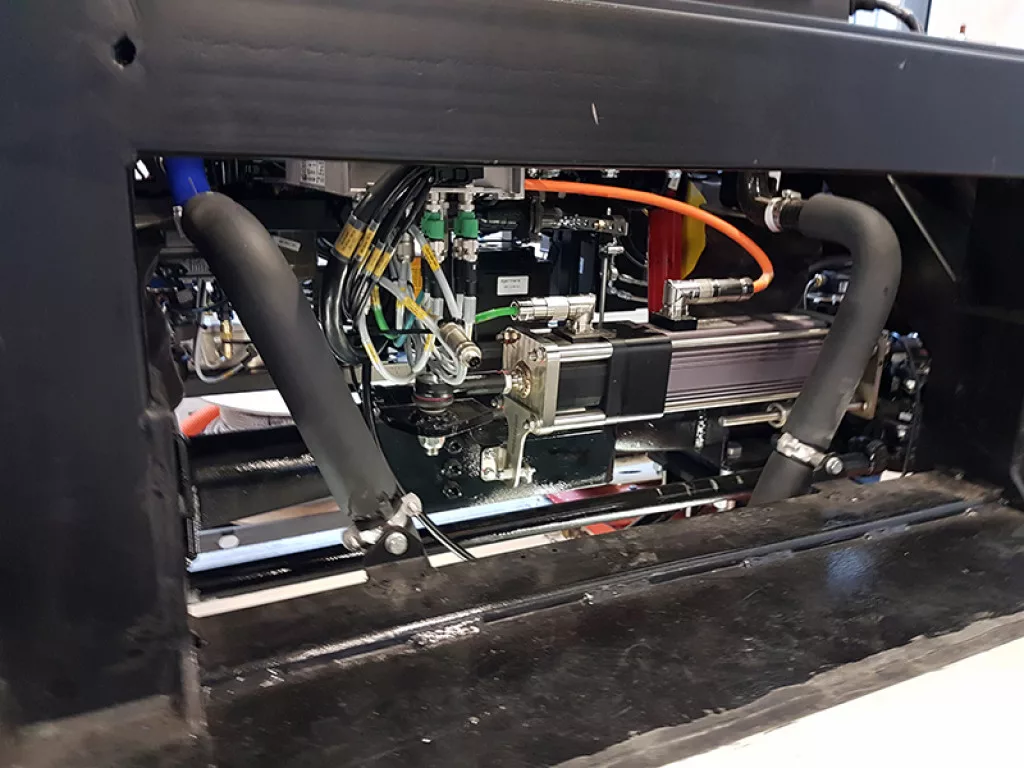
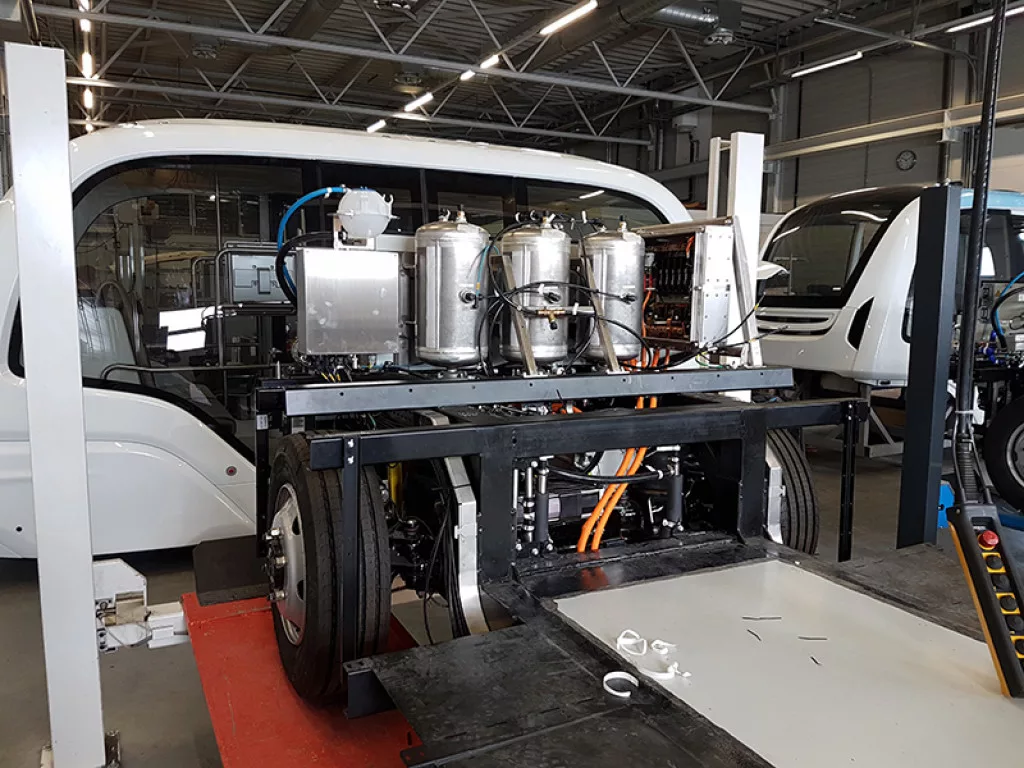
One of 2getthere’s flagship projects is its transit system at the Rivium business park. Now in its third generation, the business park has gone through a significant transformation over the years.
“Rivium is a prime example of the work we do,” explains Lohmann. “Transdev started operations of the first-generation system in 1999 as a way to commute the last mile from the metro station towards the business park because it is too far to walk.”
“That system grew for its second generation and we had to make some adjustments to the vehicle to elevate the quality of the vehicles. The second generation was active from 2006 to 2019, until the vehicles were beginning to show their age. This led to us beginning conversations to replace with a new third generation.”
Indeed, the introduction of the third generation ParkShuttle helped catalyse the redevelopment of the Rivium business park. Where previously it was the business park in the Netherlands with the highest rate of available space, it is now almost sold out. Offices are in the midst of being transformed into housing, while new residential buildings are being introduced.
“The aim is that by 2030, Capelle aan den IJssel will have roughly 7,000 people living there,” says Lohmann. “This will also mean that by the time the six vehicles that we supply won’t be sufficient to meet the demand and we will need to develop the transit system even further.”
Developing key, strategic partnerships in the industry is essential to long-term success. For Lohmann, he recognises their importance and points to his company’s name – 2getthere.
“We did a fun play on words and it actually means to get there (transporting people) and together. There is no way that any company can provide a complete transit system in-house. There’s no supplier in the world that can claim they do it all themselves,” he affirms.
“We’ve always said that the parties we work well with, we want to continue to work with them. If there’s a new supplier that comes up that is slightly cheaper, it’s still a big risk because you know what you have with your existing suppliers.”
“We have a number of key, strategic relationships and are working with some fantastic companies that we have a mutual appreciation and understanding with. You’ve got to find partners that can scale up with you and deliver the projects alongside you.”
Talent management is another key pillar to Lohmann. With staff the heartbeat of any organisation, he believes that his company’s workforce is diverse but has a Dutch mentality.
“You’re encouraged to have an opinion, to express it and be critical when necessary,” he says.
“We take great pride in our work and I think that shows by the fact that 20 percent of the staff have a history with the company that dates back to the company’s original name of Frog over 20 years ago. If we need to step up, everyone does. There’s no one within the company that has a 9-5 mentality.”
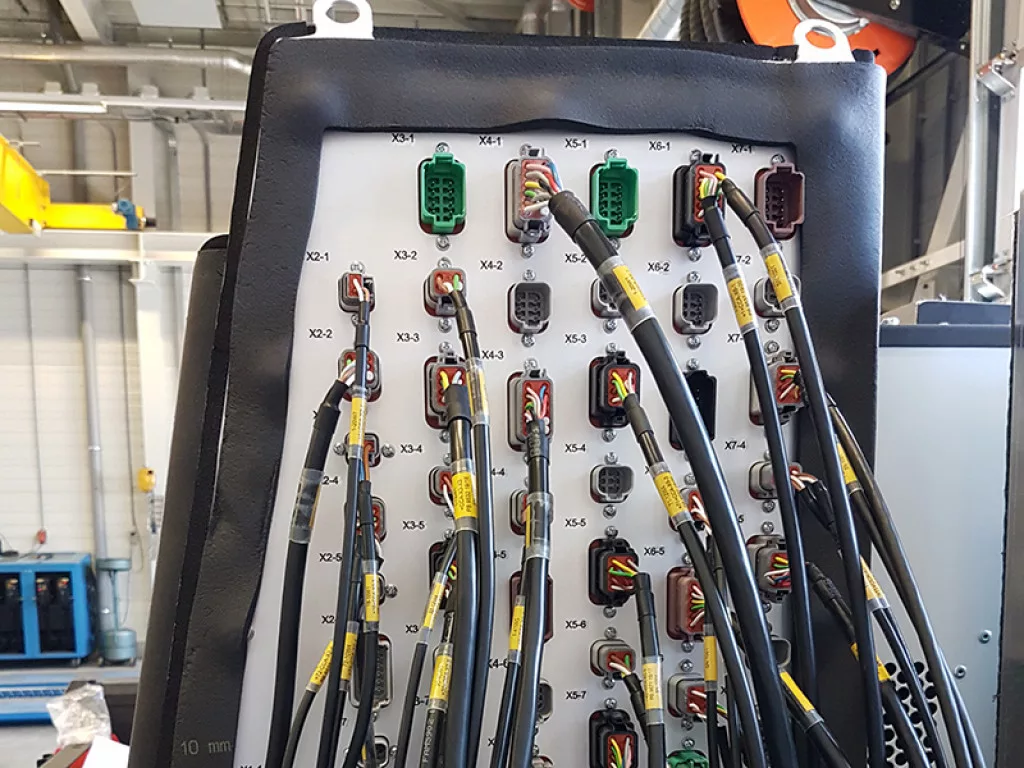
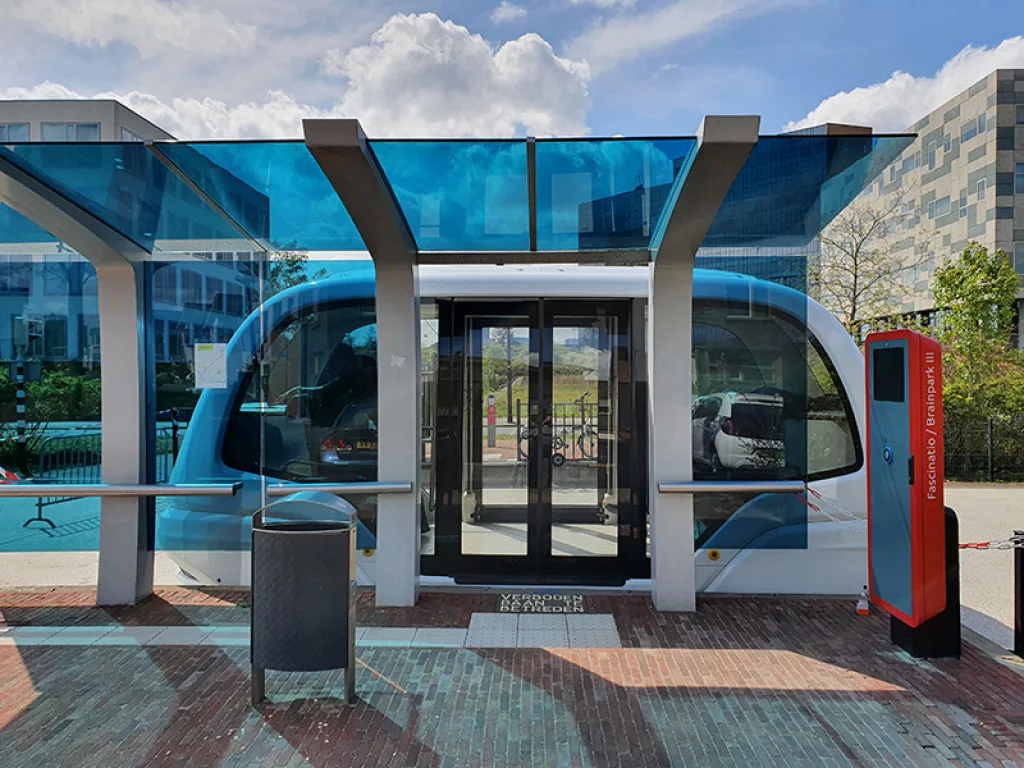
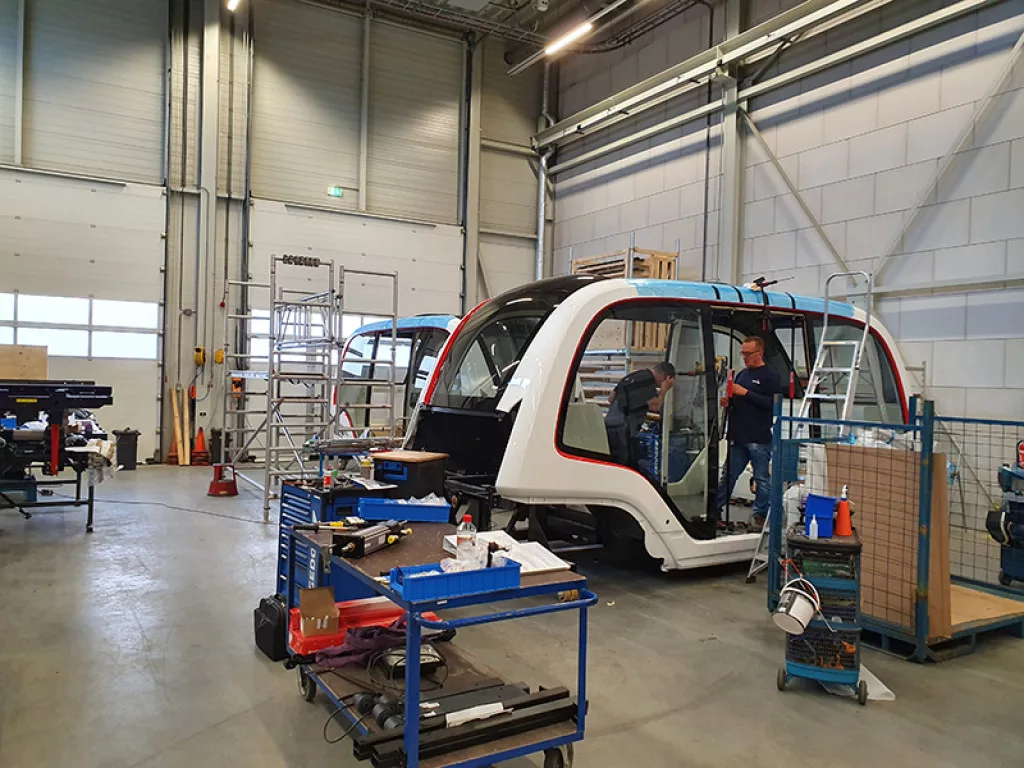
With the future in mind, Lohmann is quick to affirm that the pandemic hasn’t cancelled any projects, just slowed them, and he believes that the industry is at an exciting phase.
“COVID-19 hasn’t changed our vision. It’s delayed a few projects, but it hasn’t cancelled any of them,” he says.
“I expect that over the next couple of years, post COVID, the future of our cities are going to be determined between the governments and the autonomous car advocates. If the autonomous car advocates get their way you could see a lot of autonomous taxis by 2030. However, if cities step up, then advancement of the number of vehicles you will see will be slower and the process will be more careful. There will be rules and regulations in place and you will have to prove the safety you are trying to provide first.”
“For me, I expect authorities will come out with good regulations and cities will create car-low or even car-free areas. As such autonomous shuttles will be introduced firstly before autonomous vehicles are launched on a large scale.”
